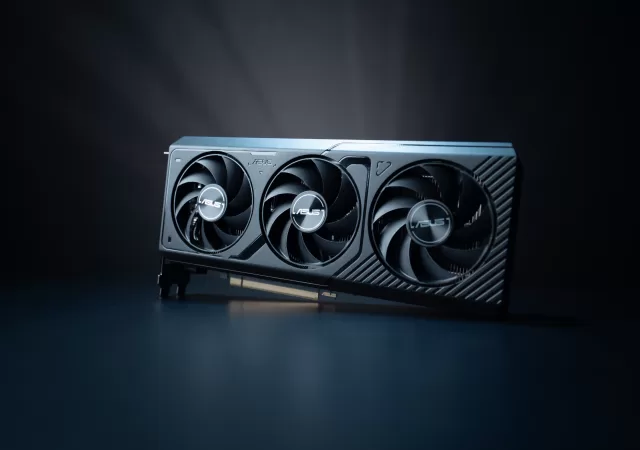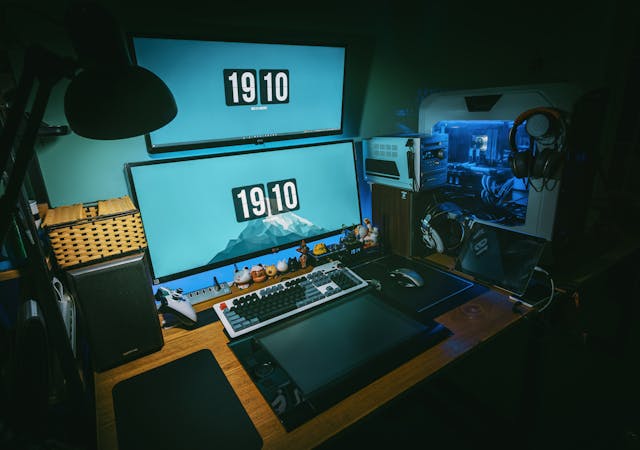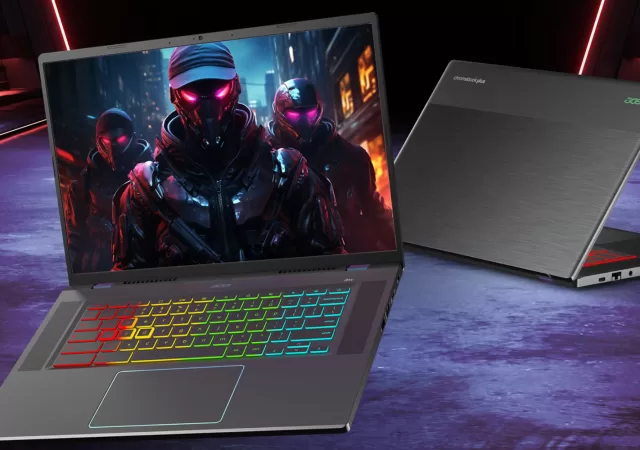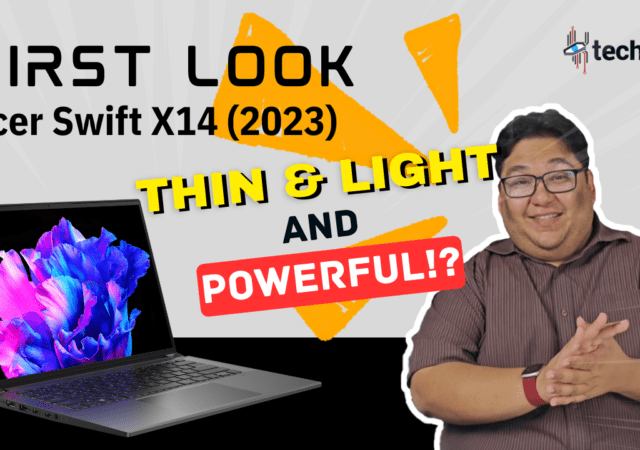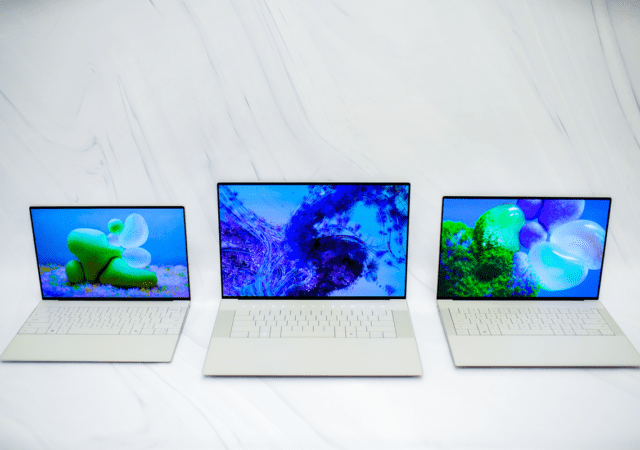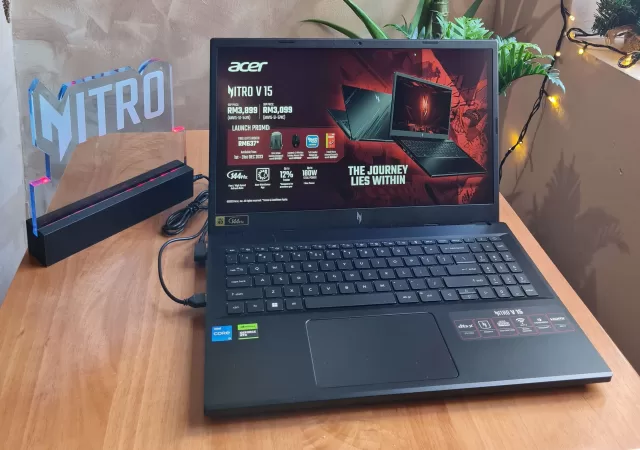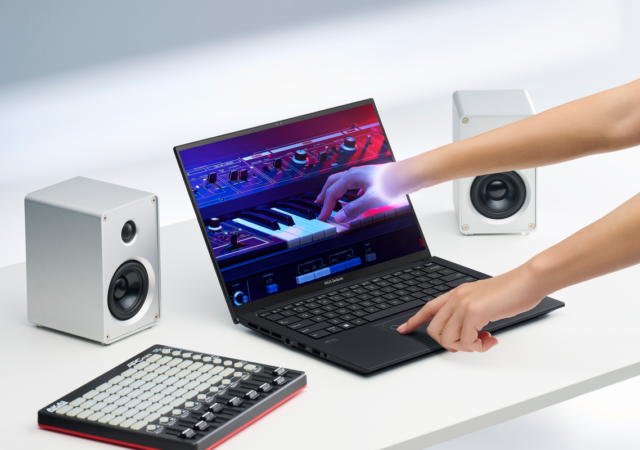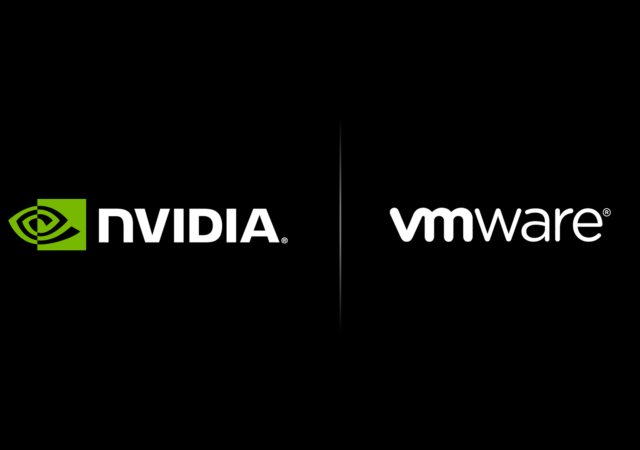ASUS announces a new series of NVIDIA RTX GPUs designed for small form factor builds under the ASUS Prime series.
Microsoft Unveils DirectSR: One SR To Rule Integrate Them All
Microsoft releases DirectSR in preview for developers. This could mean that more games will leverage super resolution technology in the near future.
There’s Finally a Chromebook for Gamers! Meet the Acer Chromebook Plus 516 GE
Google is finally taking gamers seriously in its Chromebook line up with the Acer Chromebook Plus 516 GE that brings everything a gamer wants in a Chromebook.
Schneider Electric and NVIDIA Collaborate to Revolutionize Data Centre Infrastructure
Schneider Electric and NVIDIA join forces to push the boundaries of innovation in data center infrastructure. Explore the future of AI and digital twin technologies.
Acer Swift X 14 First Look & Unboxing
Acer’s on a roll with its Swift series of Laptops. The new Swift X 14 is set to change the game with a powerful NVIDIA Laptop GPU and a beautiful OLED display. Coming with a 14-inch WXGA OLED Display, a full slate of ports and even the RTX4050 Laptop GPU, it could be the answer to a powerful laptop for creatives on the go!
Increase Productivity for Production and Manufacturing Processes
Discover how Lenovo’s advanced technologies such as high-performance computing, AI, and spatial computing can improve production processes.
Dell’s XPS Line-Up Refreshed with Focus on AI
Dell announces a refreshed XPS line up with better specs, a revamped design and even more performance than before!
Acer Unleashes Power-packed Nitro V 15 Gaming Laptop; Price Starts at RM3,099
Acer Malaysia brings you the Nitro V 15 gaming laptop at a great price. 13th Gen Intel Core i5 processor and NVIDIA GeForce RTX 4050/2050 graphics card, just in time for the holiday season!
ASUS ZenBook Pro 14 OLED (UX6404) Available in Malaysia for MYR10,999
The ASUS Zenbook Pro 14 OLED promises superior performance and portability. With a 13th generation Intel Core i9 processor & GeForce RTX 4070 graphics, work smarter and faster.
VMware Private AI Foundation with NVIDIA Looks To Enable Entreprises to Embrace Generative AI
VMware and NVIDIA have expanded their partnership to introduce VMware Private AI Foundation with NVIDIA, a platform designed to usher enterprises into the generative AI era.



